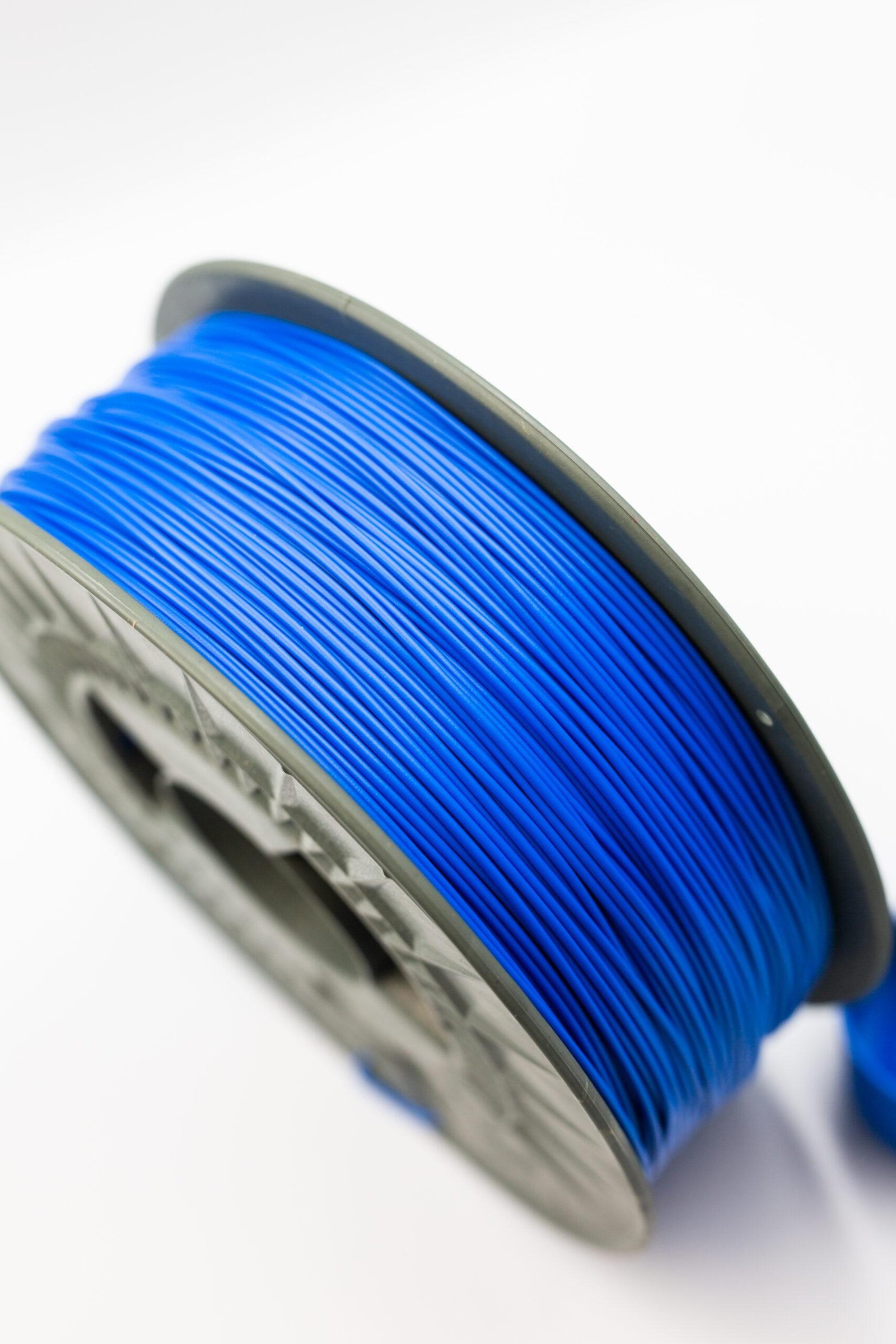In the world of advanced manufacturing and 3D printing, dimensional accuracy is more than a technical term—it’s a requirement for ensuring that precision PCTG components fit, function, and perform as intended. PCTG (Polycyclohexylenedimethylene Terephthalate Glycol) has become increasingly popular among engineers, manufacturers, and makers due to its unique blend of toughness, clarity, and chemical resistance. However, working with PCTG presents its own challenges, especially when your end goal is to achieve exact dimensions for tight-tolerance applications.
Let’s explore the key steps and best practices for maintaining dimensional accuracy when creating precision PCTG components.
Understanding Dimensional Accuracy in 3D Printing
Dimensional accuracy is the degree to which the final printed part matches the original design’s specifications. For industries such as engineering, electronics, medical devices, or prototyping, even a millimeter’s difference can lead to functional issues or assembly failures. When it comes to PCTG, its slightly higher flexibility compared to PETG can both help reduce breakage and introduce variability if not managed correctly.
Common Challenges:
- Material shrinkage or warping during cooling
- Inconsistent filament diameter or quality
- Printer miscalibration
- Environmental factors such as humidity or temperature shifts
PCTG is widely used in applications requiring optical clarity and impact strength, such as protective housings, jigs, fixtures, and parts for wearable devices. The need for precision is universal in these cases.
Key Factors Affecting Dimensional Accuracy in PCTG Components
1. Material Quality and Filament Consistency
Dimensional stability starts with the filament itself. High-quality PCTG filaments, like those offered on filalab.shop, are manufactured with tight diameter tolerances and minimal impurities. Inconsistent filament can lead to over- or under-extrusion, directly affecting the finished part’s size.
2. Printer Calibration
Proper calibration is non-negotiable for precision. This includes:
- Bed leveling: An uneven bed can distort prints.
- Axis alignment: Misaligned axes cause skewed dimensions.
- Extruder calibration: Incorrect steps-per-mm settings mean inaccurate material deposition.
Regular calibration checks keep your printer in peak condition.
3. Environmental Conditions
PCTG is less hygroscopic than some other filaments, but moisture can still cause bubbles or inconsistencies. Printing in a controlled environment—free from drafts and with stable temperatures—reduces the risk of warping or shrinkage.
4. Print Settings
- Layer Height: Lower layer heights often yield more accurate results, though they take longer.
- Print Speed: Slow and steady usually wins the race for precision.
- Flow Rate: Fine-tune your flow/extrusion multiplier to prevent over- or under-extrusion.
Best Practices for Maintaining Dimensional Accuracy
Select Quality PCTG Filament
Start with reputable brands and suppliers, prioritizing consistency and purity. Store your filament in airtight containers with desiccant to keep it dry.
Calibrate Regularly
Run calibration prints like XYZ cubes and measure them with digital calipers. Make incremental adjustments as needed to your printer’s firmware or slicer settings.
Optimize Slicer Settings
- Set appropriate wall thickness for your part’s application
- Use 100% infill for critical dimensional sections, if possible
- Enable “compensate for thin walls” features in your slicer
- Adjust first-layer height and width for strong adhesion without elephant’s foot
Test and Iterate
Before launching a production run, print small test pieces. Compare the printed dimensions to your CAD model and adjust parameters as necessary. Even the best settings may require minor tweaks depending on part geometry.
Troubleshooting Common Issues
Warping or Shrinkage
- Increase bed adhesion with a heated bed or adhesives
- Use a brim or raft for extra stability
- Check for drafts or cold air affecting print cooling
Oversizing or Undersizing
- Recalibrate the extruder’s steps-per-mm
- Adjust the flow rate in your slicer
- Double-check filament diameter input in slicing software
Inconsistent Layers
- Ensure filament is dry and free from tangles
- Inspect the nozzle for clogs or debris
- Slow down print speed for delicate parts
Post-Processing and Quality Control
Once your print is complete, dimensional accuracy should be verified using digital calipers or micrometers. For mission-critical components, an optical scanner or CMM (coordinate measuring machine) may be necessary. Gentle post-processing like sanding or trimming can help bring a part within tight tolerances, but excessive post-processing can distort features, so use sparingly.
Real-World Example: Achieving Precision in a Custom Gear
Consider a custom PCTG gear used in a small robotics project. After dialing in the correct print temperature, calibrating the extruder, and storing the filament in a dry box, the printed gear matches the CAD drawing within 0.05mm—a success attributed to careful attention to material quality, calibration, and settings.
Conclusion
Maintaining dimensional accuracy in precision PCTG components is a balance of science, art, and vigilance. By investing in quality materials, regularly calibrating your equipment, optimizing your print environment, and continually testing, you can achieve consistently precise results. Explore the premium PCTG filaments available at filalab.shop and give your next project the accuracy it deserves.

